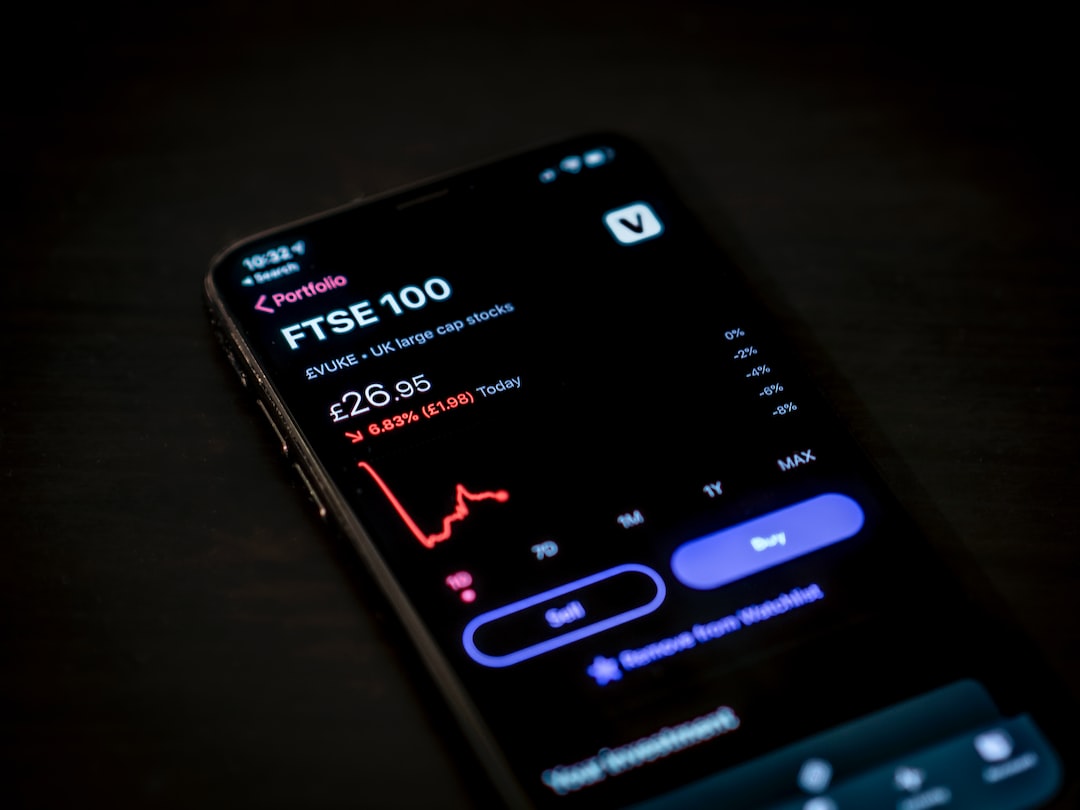Forex trading is a popular investment option for many traders worldwide. It is a highly volatile market, and traders can take advantage of this volatility by using leverage. Leverage is a tool provided by brokers that allows traders to trade with more money than they have in their trading account. While leverage can amplify profits, it can also lead to significant losses if not managed properly. In this article, we will discuss what happens if you lose a trade with leverage on forex.
Leverage in Forex Trading
Leverage is a double-edged sword in forex trading. It can magnify profits, but it can also amplify losses. For example, if you have a $1,000 trading account and use a 100:1 leverage, you can trade up to $100,000. If you make a profit of 1%, you will earn $1,000, which is a 100% return on your initial investment. However, if you lose 1%, you will lose $1,000, which is equal to your entire trading account.
Margin Call
Margin call is a term used in forex trading when a trader’s account equity falls below the required margin. Margin is the amount of money you need to have in your trading account to keep your positions open. It is a percentage of the total value of the position. When the equity falls below the required margin, the broker will automatically close your positions to prevent further losses. This process is called a margin call.
For example, if you have a $1,000 trading account and open a $100,000 position with a 100:1 leverage, your required margin will be $1,000. If the value of the position falls by 1%, your account equity will be $500, which is below the required margin. The broker will then issue a margin call and close your position to prevent further losses.
Negative Balance Protection
Negative balance protection is a feature provided by some brokers to prevent traders from losing more than their initial investment. It means that the broker will automatically close your positions when your account equity falls below zero. This feature is essential for traders who use high leverage and are at risk of losing more than their initial investment.
For example, if you have a $1,000 trading account and open a $100,000 position with a 100:1 leverage, your required margin will be $1,000. If the value of the position falls by 10%, your account equity will be -$9,000. Without negative balance protection, you would owe your broker $9,000. However, with negative balance protection, the broker will close your position and limit your losses to your initial investment of $1,000.
Risk Management Strategies
To avoid significant losses when trading with leverage, it is essential to have a risk management strategy in place. Here are some risk management strategies that traders can use:
1. Stop Loss – A stop-loss order is an order placed with a broker to sell a security when it reaches a specific price. It is an effective tool to limit losses and protect profits.
2. Risk/Reward Ratio – The risk/reward ratio is a ratio used by traders to determine the potential profit and loss of a trade. It is calculated by dividing the potential profit by the potential loss. A good risk/reward ratio is 1:2 or higher.
3. Position Sizing – Position sizing is a method used to determine the amount of money to invest in each trade. It is essential to avoid overtrading and to limit losses.
Conclusion
In conclusion, trading with leverage can lead to significant profits or losses. Losing a trade with leverage on forex can result in a margin call, negative balance, and significant losses if not managed properly. It is essential to have a risk management strategy in place to limit losses and protect profits. Traders should use stop-loss orders, risk/reward ratios, and position sizing to manage their risks effectively. With proper risk management, traders can take advantage of the volatility in the forex market and achieve their investment goals.






